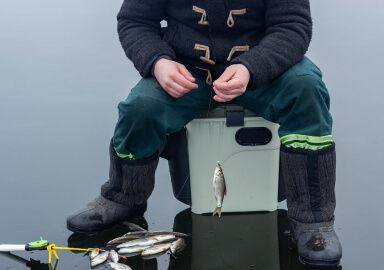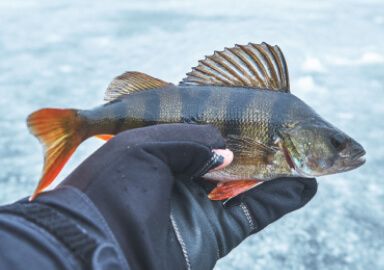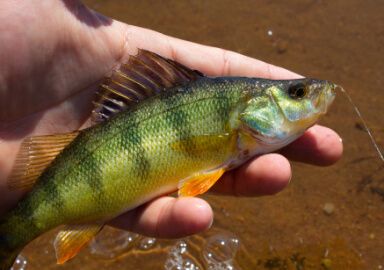Zander Pike Perch
Zander might not be the easiest fish to catch, but with their striking looks and delicious flavor, they are certainly worth the effort for any freshwater angler looking to test their skills!
View 11 listings
11
listings
–
price starting from
8
countries
–
to the nearest trip
Where and When?
Zander are native to a wide range of waters, including lakes, reservoirs, and slow-moving rivers throughout Europe. Their range extends from Germany (where the current world angling record comes from) and Poland to Russia and Kazakhstan, and they have also been introduced to many other parts of Europe. Zander prefer deep, calm waters with sandy or muddy bottoms, and they are often found in large, clear lakes, particularly in central and eastern Europe, such as the Lake Balaton in Hungary. Zander fishing is most productive in the cooler months, from late autumn to early spring, when the fish are more active and feeding aggressively. In the summer, they tend to retreat to deeper, cooler waters, making them a bit more challenging to catch.
About Zander Pike Perch
The zander (Sander lucioperca), often referred to as the pike perch, is a freshwater fish native to Europe and Western Asia. Americans can think of it as the European answer to walleye. It closely resembles both the pike and the perch, with a long, streamlined body and sharp, predatory teeth. Its coloration typically includes a silvery-grey body with darker greenish or brown tones on its back and faint vertical stripes down its sides. This camouflaged pattern helps the zander to get close to and catch its prey.
Zander are aggressive, opportunistic predators that feed primarily on smaller fish, but they will also take invertebrates and crustaceans. Their strong jaws and sharp teeth make them highly effective hunters, and they’re known for their sudden, hard strikes. Zander can grow quite large, with the average size ranging from 4 to 8 pounds, although larger specimens exceeding 20 pounds are not uncommon. The record zander weighed over 44 pounds!
This species is popular among both recreational and commercial anglers, thanks to its delicious white flesh, which is lean, flaky, and highly prized in European cuisine. Zander provide a thrilling challenge for anglers, and with their tendency to strike hard and fight fiercely, they offer an exciting fishing experience.
How to Catch?
Catching zander requires a mix of patience and skill, as they can be notoriously elusive at times. One of the most effective methods for targeting zander is vertical jigging, where soft plastic lures or live bait such as minnows are presented near the bottom and bounced gently to mimic the movement of prey fish. This technique is a natural match for ice fishing, and also works especially well when fishing from a boat in deeper lakes. Zander generally avoid bright light, preferring deep, murky waters where their exceptional eyesight helps them hunt. Night fishing for zander is also highly effective.
Another popular method is trolling with crankbaits or soft plastic swimbaits, particularly in large reservoirs where zander can cover vast areas in search of food. When trolling, slow speeds are typically more effective, as zander are ambush predators that strike quickly from cover. In rivers, zander tend to stay near slower-moving sections, particularly where there is underwater structure such as rocks, sunken logs, or drop-offs. These structures provide ideal ambush points for hunting prey
For anglers fishing from shore, spinning is the preferred method. Casting and retrieving lures - again, soft plastics are the first choice, but spinners and spoons can also be efficient - near structures or in the evening can produce good results. Don’t forget to let your lure sink to the bottom after the cast, that would greatly improve your chances of a strike. Zander have excellent vision, so choosing natural-colored lures that mimic their prey, such as shad or perch, can improve your chances of landing a big one. Light to medium tackle is ideal for zander fishing, as it provides the sensitivity needed to feel their sometimes subtle bites.










